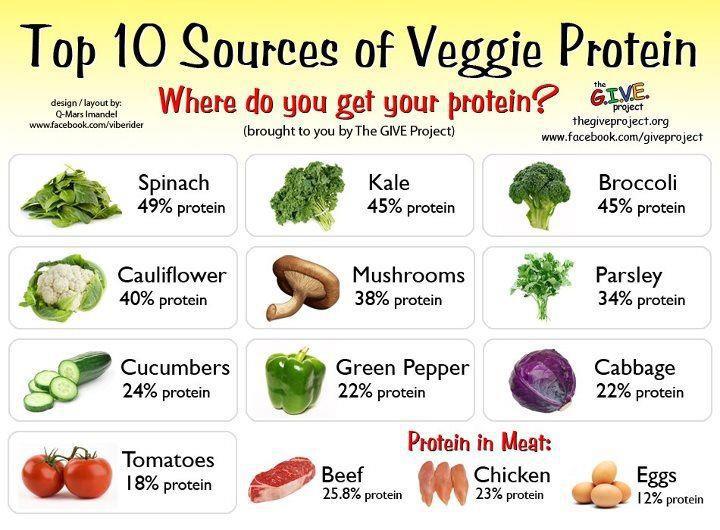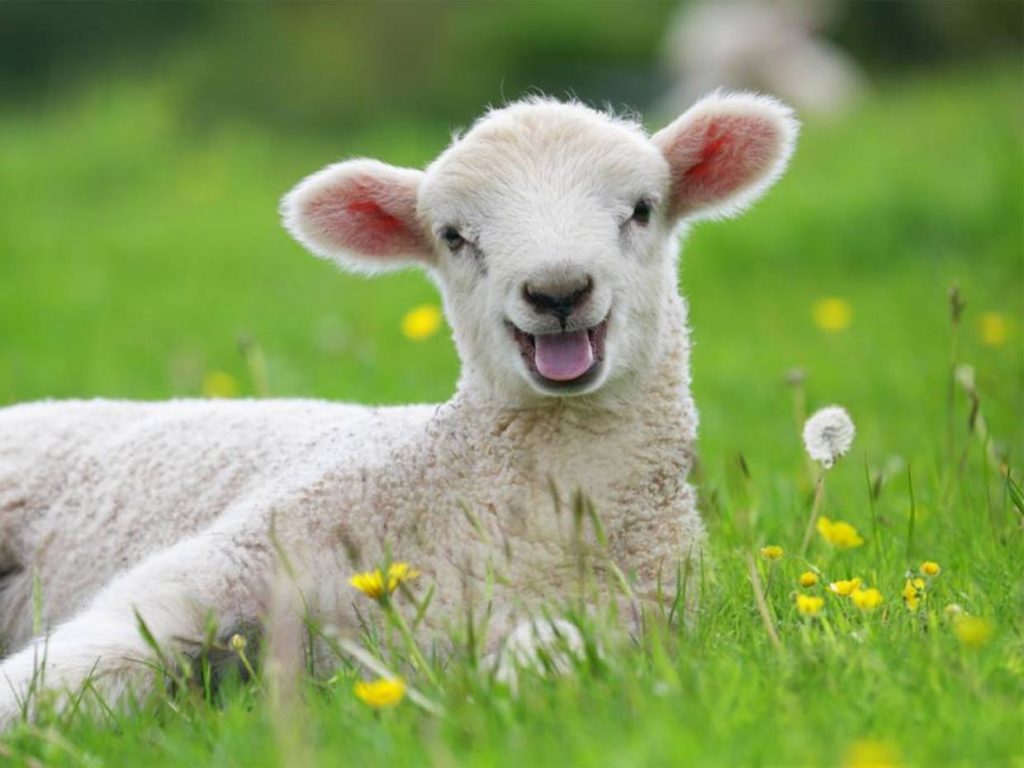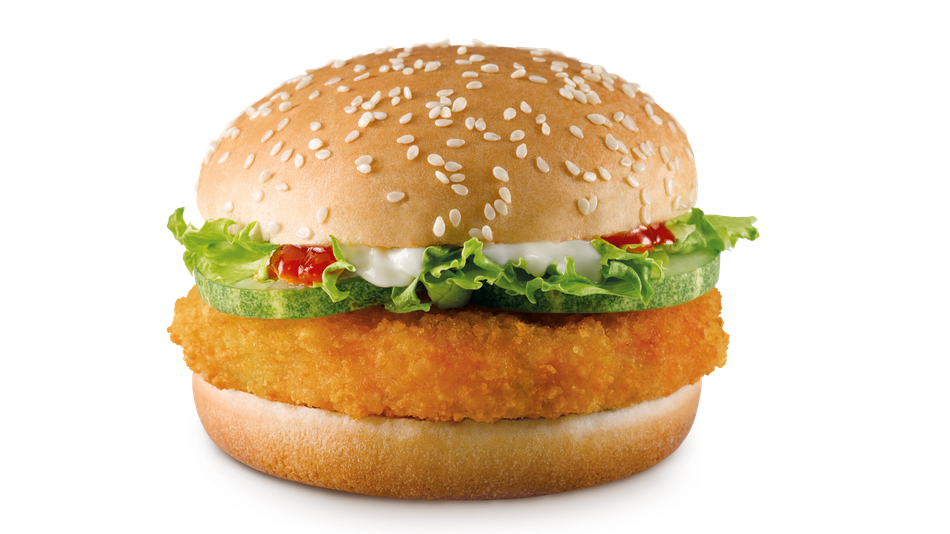The Argument for Vegetarianism – Imi Peterson
Before beginning, I would first like to disclose that I am not at all naïve enough to believe that a small article, on a small school blog, will be enough to turn the entire school population into tree hugging hippies.
Vegetarianism may be a shocking thing to consider at first; especially for all of the protein filled male members of the community, seen entering the gym on an almost daily basis, attempting to flaunt in the large windows which allow smaller passers by to gaze in “admiration” at their post-December “gains”. However, choosing a meat-free diet is becoming increasingly more popular with many body builders, for the amount of nutrients gained from eating many (particularly raw) fruits and vegetables often far outweighs the benefits of a tantalising medium rare steak. It is often said that a vegetarian diet may result in higher consumption of fibre, unsaturated fats, and vitamins C and E, which often contribute to a stronger immune system, and a higher muscle mass. There is no doubt that, in today’s society, cancer is a huge concern, and we are constantly being warned about the dangers of red meat, due to its affect on the body’s cholesterol and blood pressure. A vegetarian diet may not only decrease this risk significantly, but also reduce the risk of heart disease, especially in later life. Despite the potential health benefits, many of you may still be thinking, “but without protein, how will I grow to be big and strong?’ Well fear not, as vegetarianism does not at all mean cutting out protein, in fact in many instances you could actually ingest more protein than by eating a mixed diet. Quinoa has eight grams of protein per one cup serving, tofu has 30 grams per one cup serving and seitan (wheat gluten) has sixty three grams of protein per one cup serving. This is opposed to one cup of beef steak, which although has thirty six grams of protein, also has twenty grams of fat and three hundred and thirty eight calories.

One argument I am often presented with is that if the animal has already been killed, then it is a waste not to eat it. This vexes me for a number of reasons, but mainly due to the process of supply and demand. If people were to stop eating meat or animal byproducts, (can you guess where I’m going with this) then the demand for animal farming would reduce, therefore less animals would be killed, therefore there would be no waste. Also to consider animals a waste is another issue I have. Yes, I am one of those people who chose to stop eating meat because I couldn’t bear the thought that my Christmas dinner was in fact a cute fluffy lamb which had been killed, skinned, chopped up and pot roasted with rosemary and shallots for several hours. For me, all life is life, and I do not have the right to decide that I am above any life. People should be able to look their food in the eye and understand the process which occurred to give you that chicken nugget before eating it.

Now that is out of the way, we shall discuss the environment. About mid July 2015, I received a text from a dear friend, Frankie Kelley, which contained one word: ‘Cowspiracy’. At first I was confused, what did this cryptic message mean? It was then followed by ‘watch it’, which I did without hesitation, as I was expecting some sort of sci-fi thriller, which would reveal that the cows have been brain washing the human race all along. I was greeted with something better, a documentary which enlightened my mind as to the dark world of cattle farming and the industry, which often denies it as an issue due to the industry being such a huge source of revenue. However, there is the matter of deforestation, and the effect of cattle farmers on global warming. Many of you will have heard of ‘slash and burn’ techniques, and for those who haven’t I will attempt a brief overview. A section of rainforest is cut down and burned, which allows nutrients back into the soil, therefore allowing the desired crop to be grown and the cattle to graze. However once the crops have been eaten, the cycle which allowed nutrients to absorb back into the soil is destroyed, so farmers must therefore ‘slash and burn’ another section of the forest to sustain their cattle. As beef is the most popular meat eaten in the world, there is no demand to make this practice of deforestation stop, unless the demand decreases quickly and on a huge scale. Also, with the huge cattle farming industry, it would not take a genius to figure out that more cows, equals more methane, a greenhouse gas which is filling the atmosphere and contributing massively to global warming. Closer to home, you may have heard rumour of a ‘beef-free fortnight’, and hopefully this may have persuaded more of you to consider the benefits of limiting beef consumption.
‘Cowspiracy’ is available on Netflix. I also recommend ‘River cottage: Veg’ as an excellent vegetarian cook book.















Post Comment
You must be logged in to post a comment.